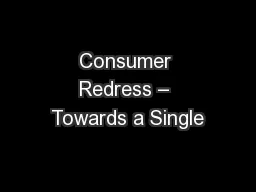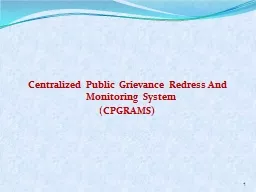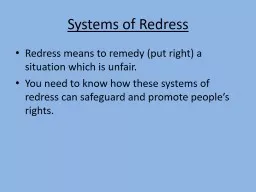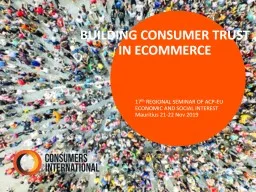PPT-Consumer Redress – Towards a Single
Author : debby-jeon | Published Date : 2017-06-06
P ortal Sheena Brown Scottish Government 1213 May 2016 Advantages of CADR A route to resolution outwith the court system Less intimidating for consumers Lessens
Presentation Embed Code
Download Presentation
Download Presentation The PPT/PDF document "Consumer Redress – Towards a Single" is the property of its rightful owner. Permission is granted to download and print the materials on this website for personal, non-commercial use only, and to display it on your personal computer provided you do not modify the materials and that you retain all copyright notices contained in the materials. By downloading content from our website, you accept the terms of this agreement.
Consumer Redress – Towards a Single: Transcript
Download Rules Of Document
"Consumer Redress – Towards a Single"The content belongs to its owner. You may download and print it for personal use, without modification, and keep all copyright notices. By downloading, you agree to these terms.
Related Documents














